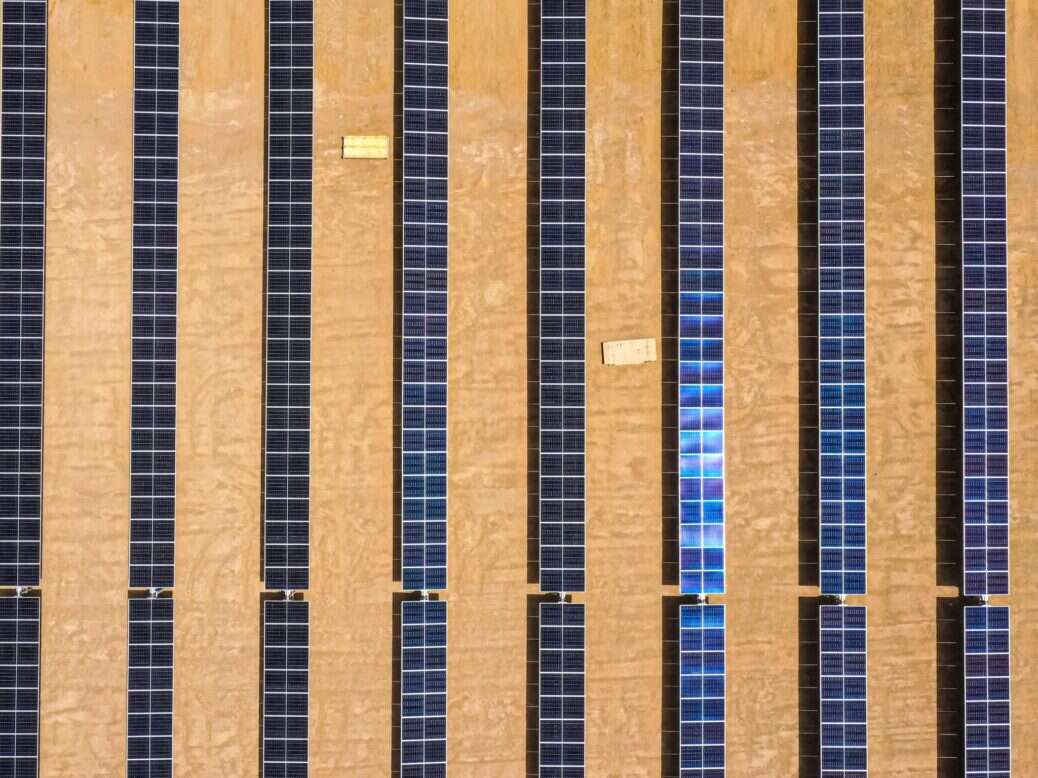
When it comes to sustainability, commitment is one thing, delivery entirely another. The Red Sea began its journey with targets that declared an uncompromising dedication to regeneration. This placed sustainability at the heart of all strategic decision-making. It is arguably the most noteworthy aspect of a tourism project with no shortage of ambition.
Once built, The Red Sea, a site of over 10,000 square miles, will be powered by 100% renewable energy. It is committed to achieving a 30% net conservation benefit by 2040.
In addition to environmental goals, Red Sea Global — the developer behind The Red Sea— also wishes to create 120,000 jobs and support 10,000 graduates through educational programs, with at least 50% of those graduates hailing from the region. It’s clear that Red Sea Global is taking its commitment to sustainable development seriously.
And that is being recognized by the wider world at large with The Red Sea receiving an array of certifications and awards. Last year, Red Sea Global was accredited the Platinum certification for green construction by LEED for cities and a five-star rating in multiple ESG categories from the Global Real Estate Sustainability Benchmark.
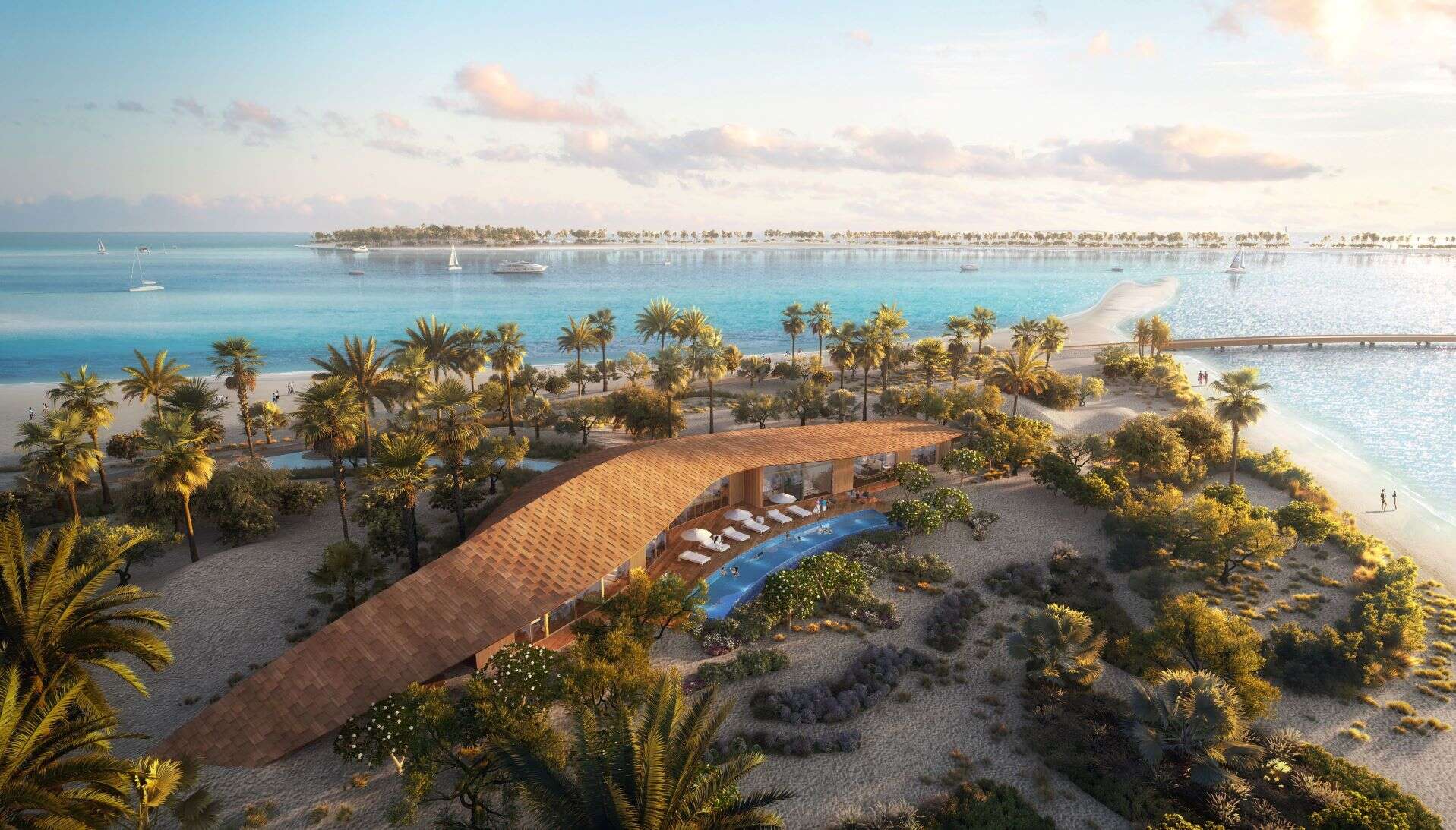
One of the leading individuals in charge of delivering on this mission is Raed Albasseet, the group chief environment and sustainability officer at Red Sea Global. He knows that staying true to the overarching mission is paramount.
“What we see is most common, and what we are trying to avoid, is a death by a thousand cuts,” says Albasseet. “It is rarely a single poor decision that negatively impacts the natural environment. Instead, it’s regular poor decision-making over a period of a decade or two that causes a major problem, and that is exactly what we are trying to change.”
Albasseet illustrates that while the major development decisions are already in place, he and his team are still hard at work. He says: “We are still on our toes, we use our experts to continuously return, study the sites and complete full comprehensive assessments. This is the only way to ensure development remains sustainable and our ambitious targets are met.”
To understand the sustainability work currently being undertaken by Red Sea Global, it’s important to remember that far more than a hospitality development; it’s a testbed for an entirely new form of hospitality sector. “What we are doing here is establishing a new industry,” says Albasseet. “We are considering every aspect from early supply chains to the final guest experience. And we wish to do all of this in a sustainable, regenerative way, to set a clear example for the wider industry.”
[See also: The Hotels and Resorts Bringing Luxury to The Red Sea]
The challenge of going green
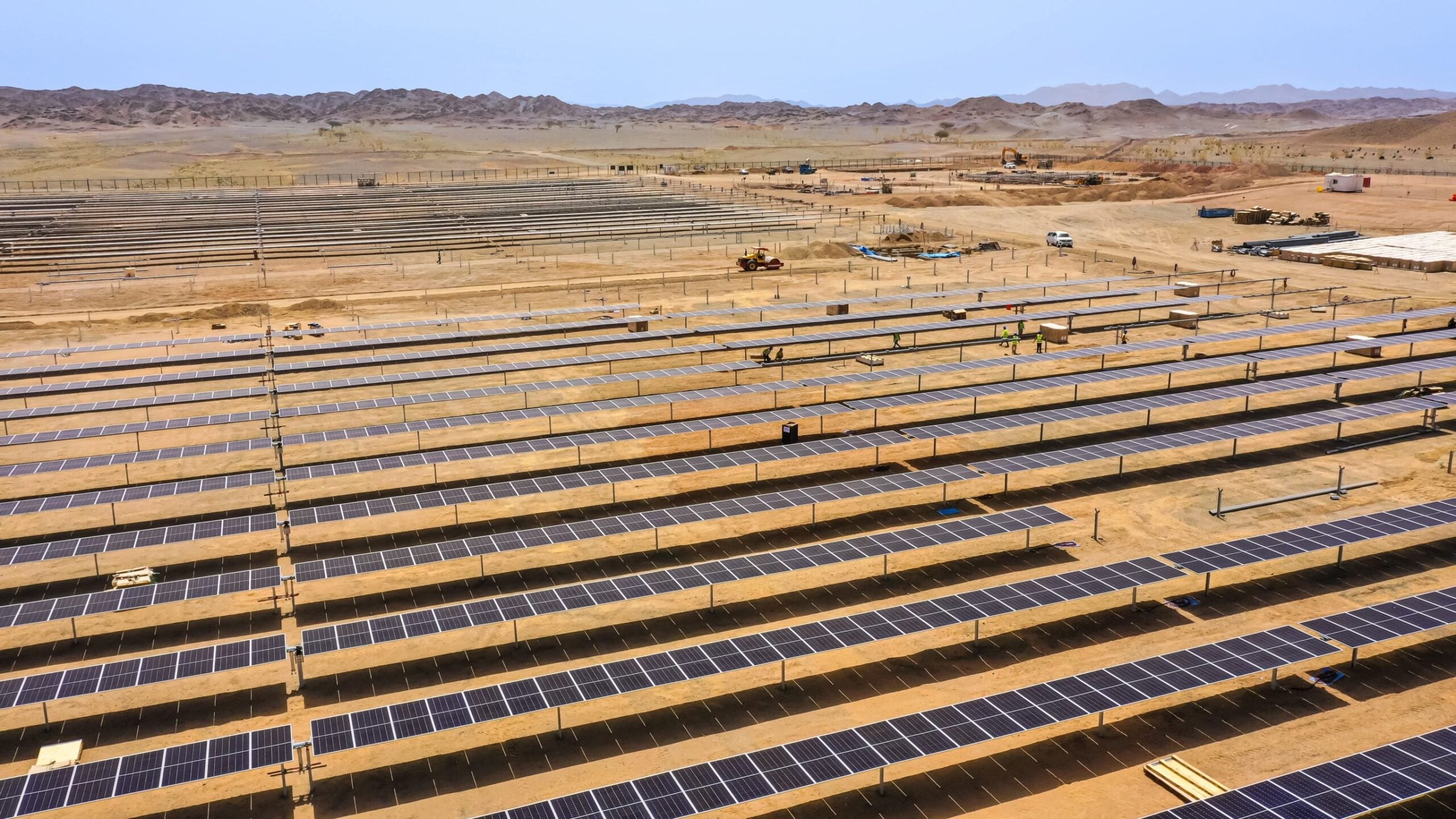
For many nations, one of the biggest issues when wanting to pursue renewable sources of energy is space. Spanning a greater landmass than Mexico, available real estate is no issue for the Kingdom of Saudi Arabia. Similarly, some nations lack the regular sunlight needed to make effective use of solar energy, which is not an issue in Saudi Arabia (the Kingdom averages over 3,200 hours of direct sunlight per year).
In fact, the greatest difficulty Saudi Arabia faces as it pushes for renewable energy is the strength of its fossil fuels sector, specifically oil and natural gas, for which its reserves are some of the largest in the world.
“That’s the biggest challenge we have faced,” says Albasseet. “Why bother when it is so much cheaper to just tap into the grid? However, given the fundamentals of this project, we decided that it didn’t make sense to hold these high ambitions while compromising on one of the most basic challenges of our day.”
Aside from the wealth of fossil fuel, a further issue that affects the generation of renewable electricity is that much of the technology currently available is not designed for Saudi Arabia’s climate, be it the extreme heat or sand in the region. However, Albasseet says that sight-specific solutions have been developed. There is now great potential for these advancements to be further utilized across Saudi Arabia and beyond.
In 2021, Red Sea Global signed a deal with a consortium that is led by ACWA Power to ensure that 100% renewable energy is supplied to the entire site 365 days a year. In order to achieve this, the world’s largest battery storage facility of 1200 MWh is being constructed – it is now 85% complete. Likewise, more than 630,000 photovoltaic panels have been installed, representing a completion rate of 92%. Red Sea Global expects to start generating power from these solar farms in Q2 of this year.
It is estimated that this will save over half a million tons of CO2 from entering the atmosphere each year, or the equivalent emissions produced in a year by 99,000 cars.
[See also: John Pagano Sets Out Vision for Red Sea Global]
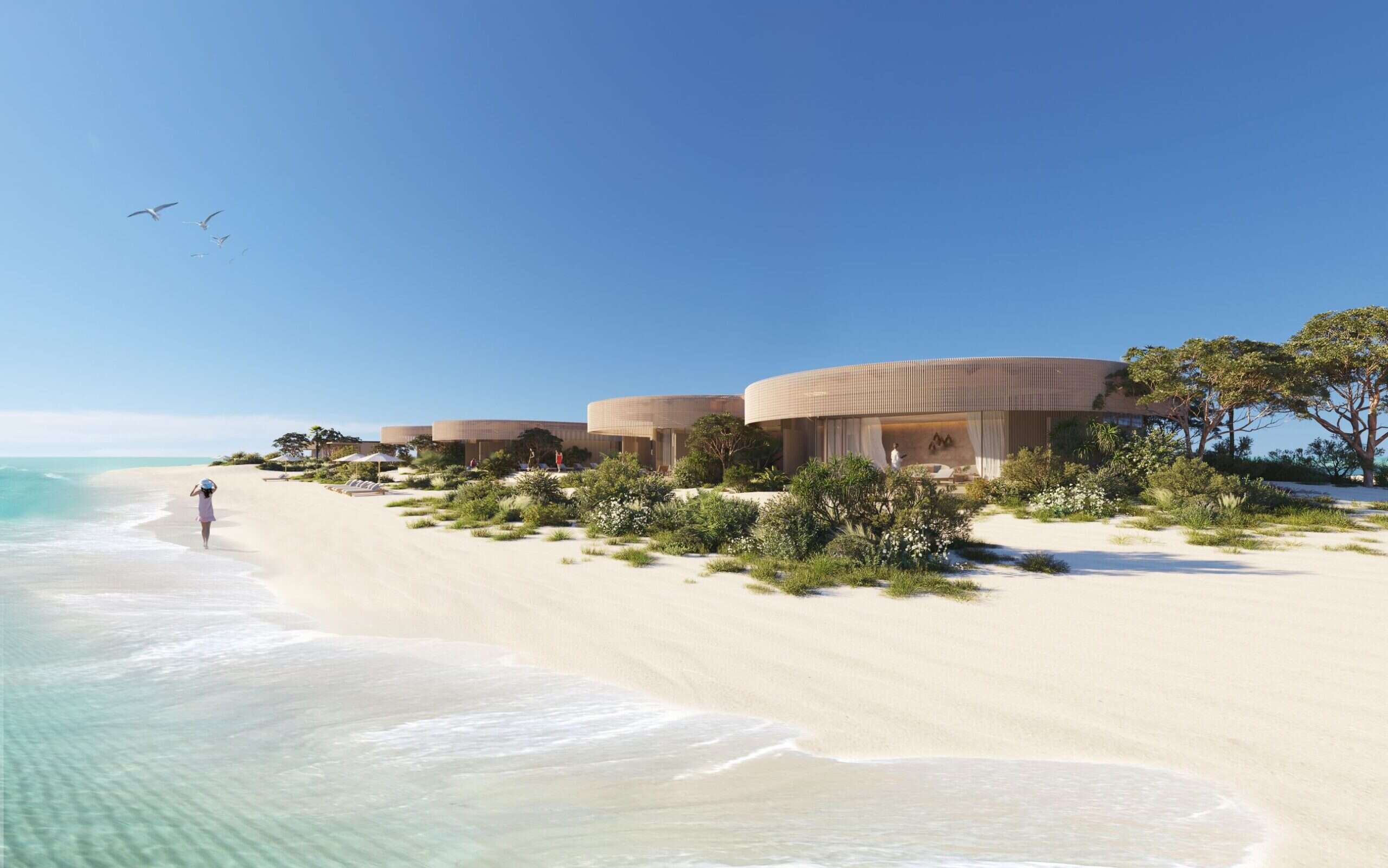
When discussing such ambitions, it’s easy to get bogged down in statistics, when in fact the end goal is to reduce impact, enrich the environment, improve the lives of those who reside near the development and create an incredible experience for those who visit.
This can happen on a scale as vast as powering 10,000 square miles entirely through renewables but can incorporate smaller elements, like creating pathways for local farmers and artisans to provide their produce to the hotels.
“Sustainability is about creating the right synergies between the economic, the environmental, and the social,” says Albasseet.
“Such initiatives tick all the boxes, it’s a positive for both the environment and the local populous, while it also enables hotel guests to play their part and enjoy a taste and sense of place”
[See also: John Pagano on Making The Red Sea Project a Reality]
Accountability is key
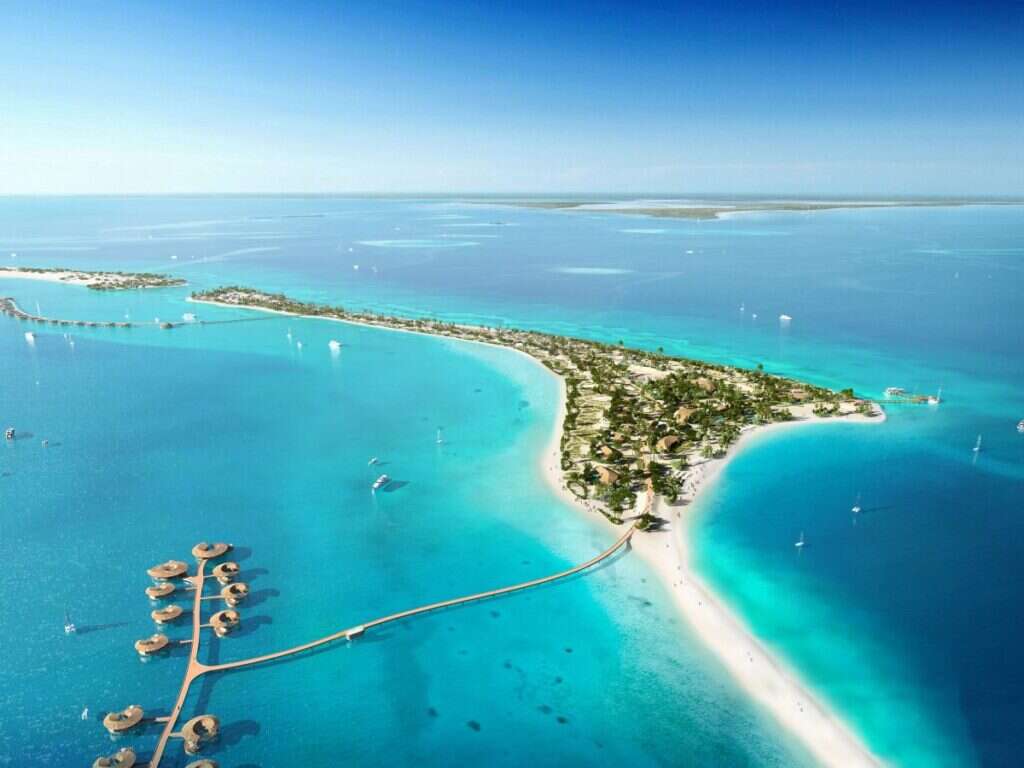
One of the most important aspects of sustainable development is ensuring ethical practices are maintained over a long period of time — and thus, targets are met. The only way to achieve this is through a rigorous system of checks and balances that hold those involved accountable and guarantee standards don’t slip.
At Red Sea Global there are two sustainability teams. The first is the environmental sustainability team, led by Albasseet. The second is an independent team that ensures the dos and don’ts are being followed and verifies the delivery of claimed targets.
“Both teams are engaged in the planning phase, then one focuses on delivery, while the other verifies and ensures standards are upheld,” adds Albasseet.
Only with this level of commitment to sustainable development practices can large-scale developments hope to have a net positive impact on the ecosystem.
Having won several awards for pushing the boundaries of what was thought possible for ethical development, Albasseet says the best part of his job “is when you’re standing on a construction site, 30 to 60 ft from the water’s edge and it’s as clear as it was before we arrived. That’s a really great feeling.”
To learn more visit redseaglobal.com
Visit the Red Sea Global Hub Page Here
[See also: The Red Sea: An Adventure Like No Other]
